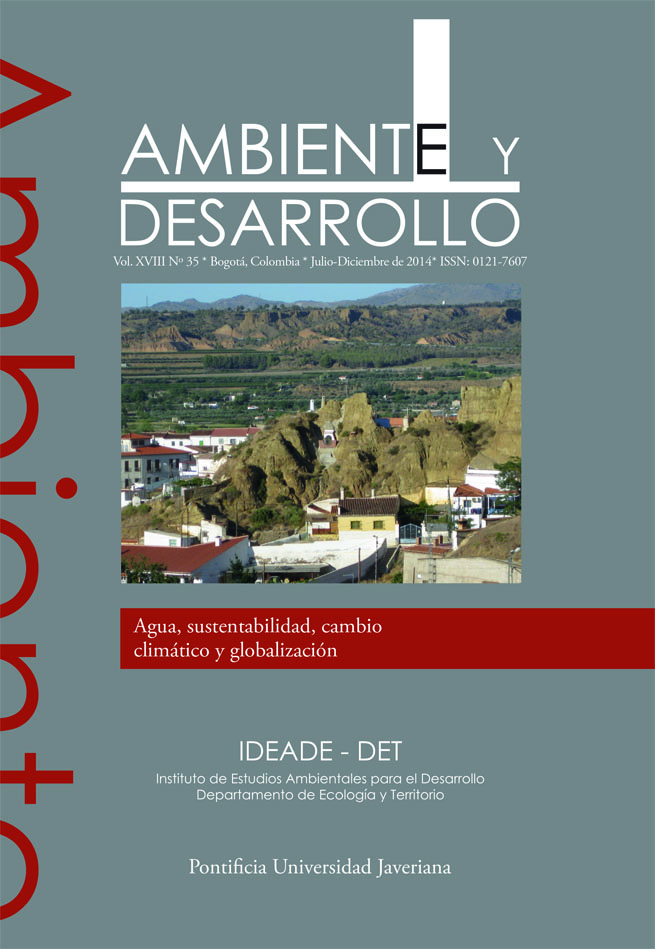Resumo
Se evaluó la dosificación de coagulantes utilizando redes neuronales artificiales, enuna planta de agua potable ubicada en Perú (12° 00’ 00" S y 75° 11?’ 00" W) a3420m, donde la calidad al ingreso es inestable debido a precipitaciones fluvialesque alteran sus propiedades fisicoquímicas. Se utilizó la “prueba de jarras” paraevaluar la dosis de coagulante (Al2SO4), considerando turbiedad, pH, conductividady sólidos disueltos, con temperatura y caudal promedio de 10° C y 148 L/s. Los datosde once meses fueron usadas para entrenar diversas tipologías de redes, siendo lade regresión generalizada la que presentó un rendimiento de 97,77 % y evidencióque los factores más influentes son los sólidos disueltos, la turbidez, la conductividady el pH, con 42,79 , 32,43 , 10,33 y 7,26 %, respectivamente.Ambiente y Desarrollo se encuentra registrada bajo la licencia Creative Commons Reconocimiento 4.0 Internacional. Por lo tanto, esta obra se puede reproducir, distribuir y comunicar públicamente en formato digital, siempre que se reconozca el nombre de los autores y a la Pontificia Universidad Javeriana. Se permite citar, adaptar, transformar, autoarchivar, republicar y crear a partir del material, para cualquier finalidad (incluso comercial), siempre que se reconozca adecuadamente la autoría, se proporcione un enlace a la obra original y se indique si se han realizado cambios. La Pontificia Universidad Javeriana no retiene los derechos sobre las obras publicadas y los contenidos son responsabilidad exclusiva de los autores, quienes conservan sus derechos morales, intelectuales, de privacidad y publicidad.
El aval sobre la intervención de la obra (revisión, corrección de estilo, traducción, diagramación) y su posterior divulgación se otorga mediante una licencia de uso y no a través de una cesión de derechos, lo que representa que la revista y la Pontificia Universidad Javeriana se eximen de cualquier responsabilidad que se pueda derivar de una mala práctica ética por parte de los autores. En consecuencia de la protección brindada por la licencia de uso, la revista no se encuentra en la obligación de publicar retractaciones o modificar la información ya publicada, a no ser que la errata surja del proceso de gestión editorial. La publicación de contenidos en esta revista no representa regalías para los contribuyentes.


